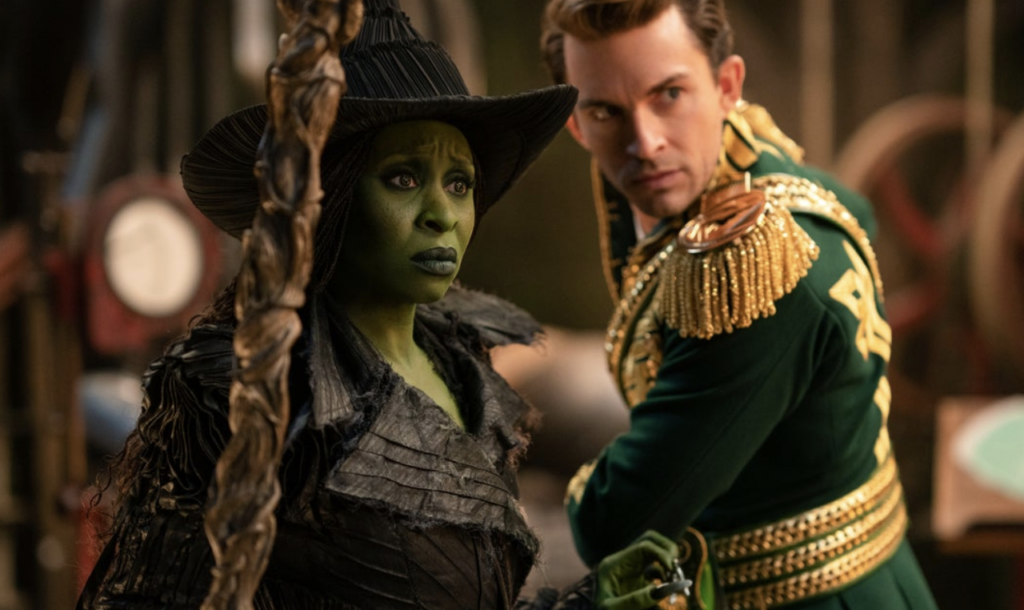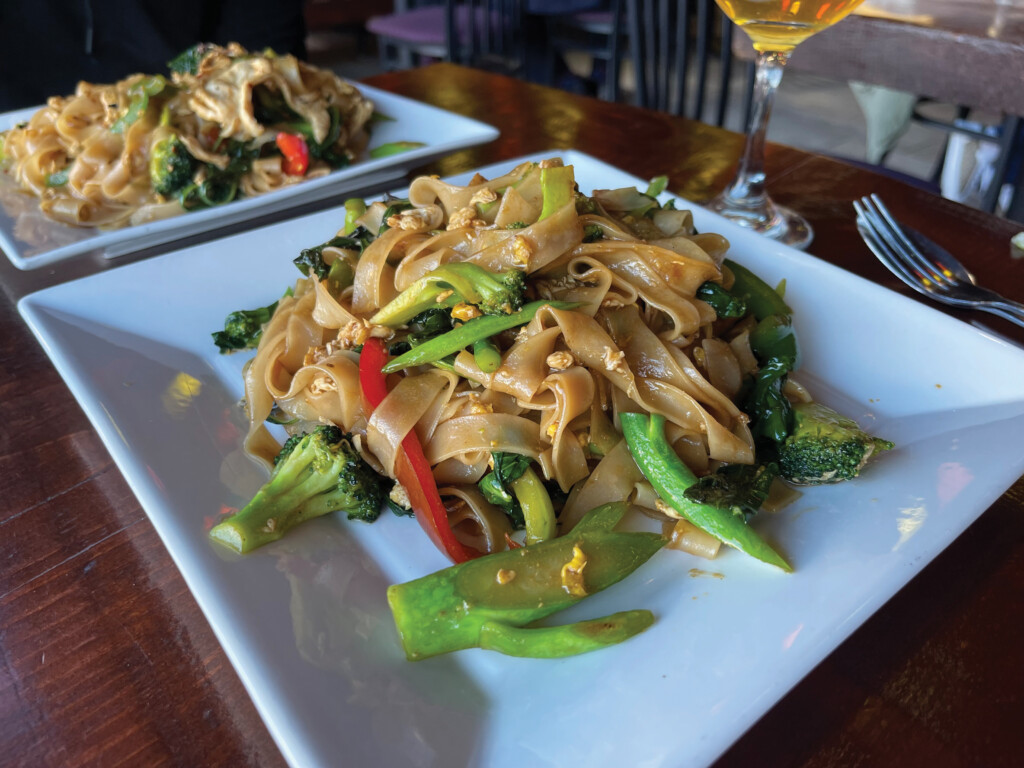A Christmas Tree that’s green in more ways than one

Christmas trees are one of those left-over relics of olden times that aren’t really needed to celebrate Christmas. Like sleighs, caroling or Jesus. Yet, this weekend I found myself once again getting pricked by needles as I set up a tree. I complain, but I would gladly go through that trouble before putting up some colorized piece of unconvincing plastic and calling that a Christmas tree.
I’ve heard several arguments for fake Christmas trees. They’re more convenient, they last longer, they don’t lose needles, etc. The newest argument is that fake Christmas trees are greener. Not in the colored sense, but in the sense they do less harm to the environment.
It’s not hard to imagine fake trees being better for the environment. In a couple of weeks when people start throwing out their trees, it’ll be sad driving by one of those piles and knowing that all those trees were wasted for no real reason. It’s not enough to make me buy a plastic one, but at least I could understand that argument, even if previous efforts to quantify the ills of one type over the other have failed.
A Montreal-based firm called Ellipsos released a study this past week (which I found out about after buying my tree) that scientifically analyzed the ecological impact of a real tree versus a fake one.
Ellipsos, which says it “helps businesses adopt sustainable management practices by using recognized scientific approaches” took into account the environmental toll from the “extraction of raw materials to the end of life.” Its evidence showed that most people buy real Christmas trees that are roughly 15 years old and have been grown in a nursery and then later on a plantation; they have a life expectancy of one Christmas. Fake Christmas trees mostly come from foreign countries (the study assumed shipment from China to Montreal) and have a life expectancy of six Christmases.
So which one is worse?




